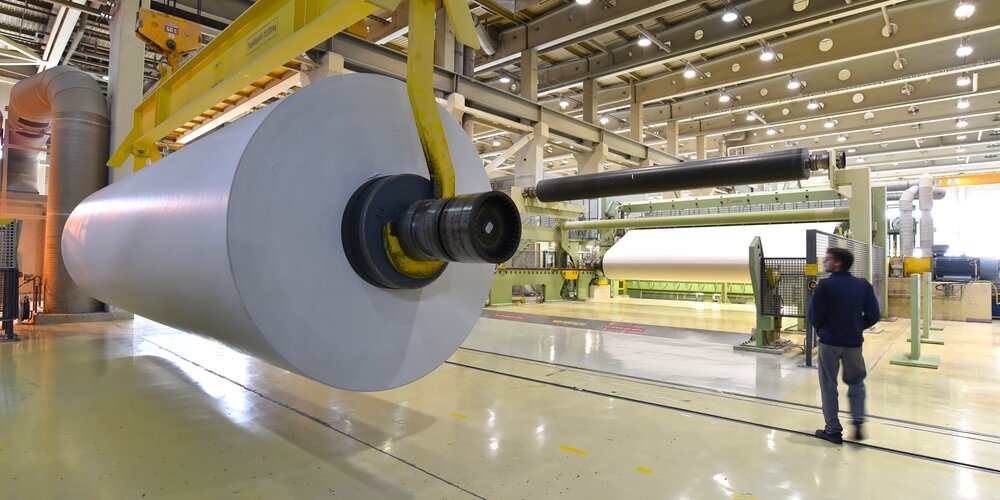
How to Stay PUWER and LOLER Compliant in Your Factory
If your factory uses lifting gear—hoists, cranes, slings or shackles—you’re legally required to comply with PUWER and LOLER. These regulations protect your team and avoid costly downtime or prosecution. But what exactly do they cover—and how do you stay compliant?
What is PUWER?
PUWER stands for the Provision and Use of Work Equipment Regulations. It applies to all workplace equipment, requiring it's suitable, maintained safely, and used only by trained individuals.
PUWER Key Responsibilities:
- Ensure all work equipment is safe for use and properly maintained
- Train staff on correct equipment use
- Conduct regular safety checks and record findings
What is LOLER?
LOLER stands for the Lifting Operations and Lifting Equipment Regulations. It explicitly covers lifting equipment and operations, with emphasis on safety planning, inspection, and thorough examination.
LOLER Inspection Requirements:
- Thorough examinations every 6 or 12 months (depending on equipment type)
- Inspections carried out by a competent person
- Documented records of all lifting gear inspections
Common Pitfalls in Compliance
Many factories fall short by:
- Using expired equipment tags or ignoring reinspection dates
- Storing unused equipment improperly
- Not training new staff on lifting protocols
Avoid it by:
- Using inspection logs and reminders
- Tagging equipment clearly with next due date or by using colour code systems
- Including PUWER/LOLER guidance in onboarding
Benefits of Compliance
- Reduced risk of workplace injury or legal action
- Improved productivity through reliable equipment
- Enhanced credibility with clients, insurers and auditors
Conclusion
Complying with PUWER and LOLER doesn’t have to be complicated—but ignoring it can be costly. With the right processes, your factory can operate safely, efficiently, and with total peace of mind.
Need help to stay compliant? Book a lifting inspection or speak to our specialists about factory safety checks.



